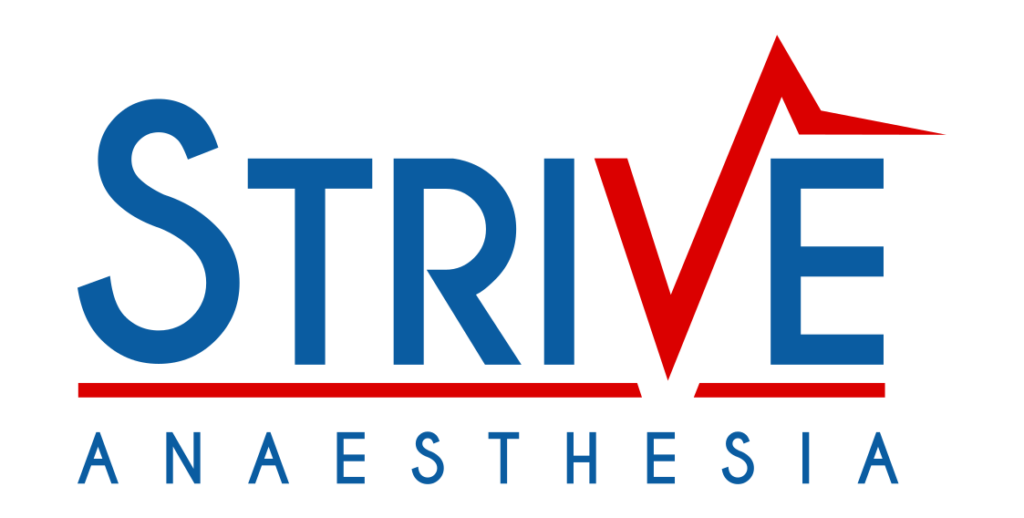Types of anaesthesia
Types of anaesthesia
The decision on what type of anaesthesia is dependent on numerous factors such as: The duration of the procedure, the patient’s general health and medical condition, and the careful consideration of what the surgeon and anaesthetist think is best for the patient.
The 3 types of anaesthesia include general, regional and local. All three of these options include a change in sensation.
General anaesthesia
General anaesthesia puts you in a state of unconsciousness for the length of the operation. This is achieved through a cannula that is placed in a vein, usually in the wrist or arm. The anaesthetic is then injected intravenously, or the patient can breathe the drugs through a mask. Whilst asleep, the anaesthetist monitors you closely and can adjust medications to your needs.
Regional anaesthesia
This form of anaesthesia is used if you are required to stay awake or sedated. Some examples of regional anaesthesia are epidurals for labour and spinal anaesthesia for a caesarean section as well as hip and knee replacements.
Local anaesthesia
A local anaesthetic is used to numb the site of surgery. You may be awake but would feel no pain. Most commonly used if you require stitches or administered in the operating room to help with pain in the initial stages of recovering.
Factors that influence the choice of anaesthetic include:
- The specific surgery that is being performed. Some surgeries can only be done under general anaesthetic.
- The opinion of the specialist or surgeon.
- Your own preference – Sometimes you may have the option of being awake or unconscious during the procedure. You may want to be as aware as possible to understand what’s going on and stay in control.
- Age – In most cases children under a certain age would for example require a general anaesthetic for a non-invasive procedure like an MRI, as this helps with anxiety that the child might be feeling, as well as the ability to lie still.
